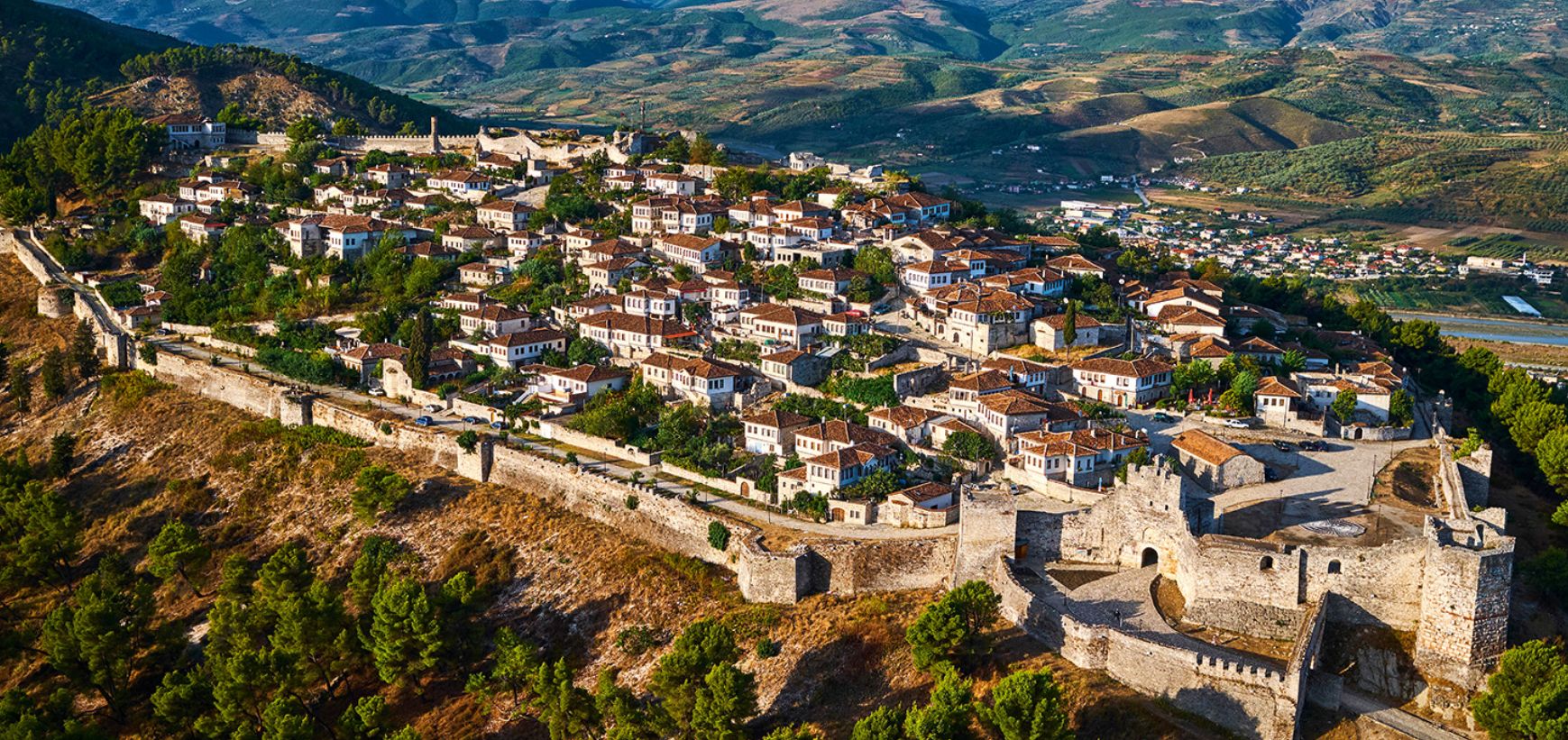Albania’s tourism sector has evolved remarkably over the years, transforming from a sidelined industry in the 1990s to a key contributor to the country’s economic growth. As Albania seeks to recover and thrive in the post-pandemic world, Tourism 2.0 offers a unique opportunity to build a more resilient, diversified, and sustainable sector. Here’s a closer look at Albania’s tourism landscape and the path forward in 2025.
The Rise of Tourism in Albania
Albania’s tourism sector has seen steady growth since the early 2000s. Initially catering mostly to the large Albanian diaspora, the industry began attracting international interest as several European tourism operators recognized the country’s potential. By 2019, Albania had its best year in tourism, welcoming 6.4 million visitors and generating $2.3 billion in earnings. Unfortunately, the pandemic brought a sharp decline in visitors and revenues, but the sector showed remarkable recovery, reaching pre-pandemic levels in 2021.
In 2022, despite the geopolitical instability caused by the war in Ukraine, the number of visitors increased even further, with Albania receiving 6.8 million visitors, generating $3.3 billion in tourism earnings. The country’s tourism sector has rebounded, yet the lessons learned during the pandemic underscore the need for diversification and resilience.
Challenges Facing the Tourism Sector
- Staffing Shortage: The pandemic exacerbated Albania’s longstanding issue of a skilled labor shortage in the tourism sector. Despite efforts to train staff, many employees found jobs in other industries or moved abroad. This lack of qualified workers continues to limit the sector’s service capacity. Addressing this through specialized training and international certifications is essential for the industry’s future growth.
- Impact of the War in Ukraine: While the war has not reduced the number of visitors, it has led to supply chain disruptions and increased costs for tourism-related businesses. Rising food and fuel prices have cut into profits, while booking cancellations and changes in tourist behavior have created additional logistical challenges. To manage these uncertainties, the sector needs to embrace digitalization and modernize its operations.
- Limited Tourism Offerings: Albania’s tourism industry remains heavily reliant on beach destinations, catering to short stays with lower levels of spending. While there is potential for growth in other areas, such as blue tourism (boating, diving, etc.) and cultural tourism, these sectors are underdeveloped. Expanding Albania’s tourism offerings is key to attracting a broader range of tourists.
Opportunities for Tourism 2.0 in Albania
The Albania Country Private Sector Diagnostic (CPSD) highlights several investment opportunities that could help Albania’s tourism industry diversify and become more sustainable:
- Niche Tourism and High-End Markets: The pandemic has shifted tourist preferences from mass tourism to more personalized, outdoor-based experiences. Albania can capitalize on this trend by repositioning itself as a destination for niche and high-end tourism, offering unique experiences in nature, culture, and food.
- Blue Tourism Development: Albania’s coastal areas hold great potential for blue tourism, including boating, diving, and recreational fishing. Integrating blue tourism with inland cultural and nature-based experiences in the country’s villages and mountains could attract tourists for longer stays and increase their spending. The government’s Blue Tourism Strategy could bring in an additional 208,000 visitors annually, generating $400 million in extra revenue.
- Infrastructure Development: To develop a more diversified tourism model, Albania needs to improve its infrastructure. Investments in marinas, nature-based activities, and expanding road and air connectivity are essential for promoting inland tourism and easing congestion in popular destinations. These improvements will help Albania attract a broader range of visitors while preserving the country’s natural beauty.
- Sustainability Focus: The growth of eco-tourism and cultural tourism requires investments in specialized accommodations and the development of sustainable infrastructure. Additionally, Albania must invest in water and waste management systems, as well as regulations to protect its natural and cultural heritage, ensuring that tourism growth is environmentally sustainable.
The Path Forward: A Sustainable Tourism Future
For Albania to succeed in Tourism 2.0, the private sector and government must work together to:
- Invest in Infrastructure: Major investments are needed to improve transport networks, especially in inland areas, and expand access to tourism hotspots.
- Support Skilled Workforce Development: Fostering education and training programs to address the shortage of qualified workers in the tourism sector is essential.
- Focus on Innovation: Providing tourism businesses with access to technology and innovation will help them remain competitive and adapt to new market demands.
- Strengthen Regulations and Policies: Government policies that incentivize sustainable tourism and protect the country’s natural and cultural assets are critical for long-term success.
With the right investments and strategic planning, Albania can establish itself as a leading destination for high-end, sustainable tourism. By focusing on diversification and sustainability, the country has the potential to ensure resilient growth in its tourism sector for years to come.

















0 Comments